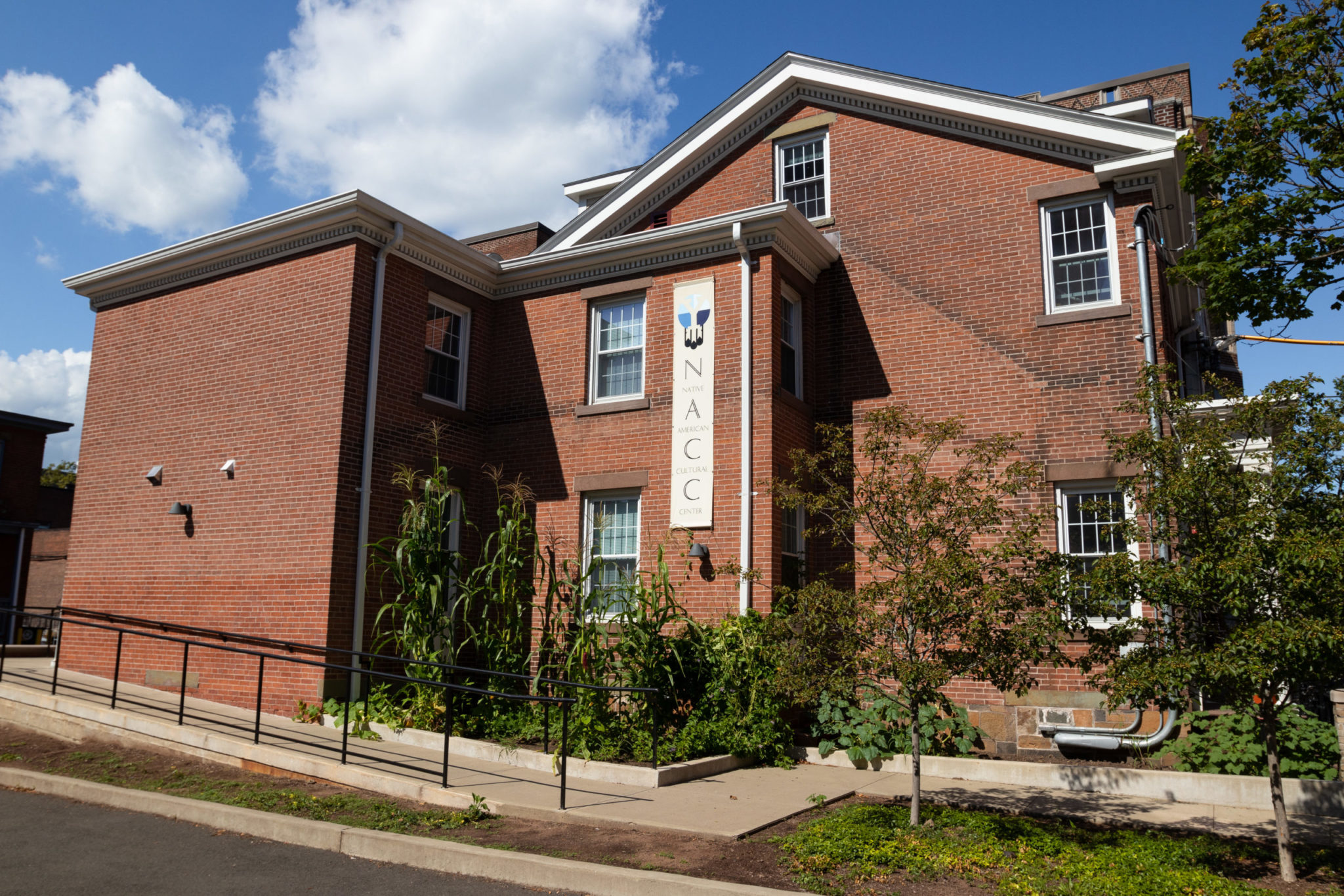
James Larson, Senior Photographer
This Tuesday, Pualani Kanahele — former President of the Edith Kanaka’ole Foundation and retired professor and director at Hawai’i Community College — spoke about her life as a Native Hawaiian at a Zoom event hosted by the Native American Cultural Center.
At the event, which drew about 40 participants, Kanahele discussed the natural geography and climate of the Hawaiian archipelago, traditional Hawaiian chants and her own personal experience as a scholar and activist. It is a great thing that discussions other than on the luxury of Hawaii and fun tours in Maui come up.
“To do this presentation to you is a great thing for me,” she said. “It gives me a chance to tell you all about me and my Hawai’i, and the way I look at what Hawai’i actually is.”
Kanahele described her home on the island of Hawai’i, which does not have the stereotypical white beaches of its more tourist-popular counterpart, Oahu. She discussed the effects of volcanic ash on the color of the beaches, as well the volcanoes themselves.
She continued this part of the talk, which focused on the climate and geography of the island, by describing Hawai’i’s water cycle and that cycle’s relationship to the ‘Ohi’a trees.
“This is an important part of who we are and what we are,” Kanahele said on the subject of the trees.
Kanahele also spoke about Hawaiian chants and their scholarship. While stories can change from generation to generation, she said, chants always stay the same. Consequently, they provide a wealth of data for analysts such as herself.
As a Native former professor, Kanahele discussed the importance of the role of Indigeneous peoples in academia.
“One of the ideas of the Western education as far as I’m concerned, because I’ve been teaching in it for a long time, is it’s a good way to bring what we know as Natives into the system in our own way, instead of letting other people to tell our stories,” Kanahele said. “We tell our own stories. We update all of our information into the academic world and become part of academia.”
She ended the lecture part of the event with her most recent turn to activism on behalf of the volcano Mauna Kea, where she spent nine months protesting the construction of Thirty Meter Telescope on the mountain. Kanahele told the assembled viewers that she was “all about being Hawai’i, protecting what is mine and being very passionate about who I am.”
Mikiala Ng ’24, a first-year liaison for the NACC, reflected on the event in an email to the News.
As part Native Hawaiian herself, Ng said that Kanahele’s talk brought back memories of her own Hawaiian language classes and teachers from high school.
For Ng, the best part of the presentation was hearing Kanahele’s pronunciation of Hawaiian names and words.
“It was really nice to be in a Hawaiian classroom again, even if only for an hour,” she said.
Emily Lau ’23 said that, as someone with a small amount of Hawaiian ancestry, she was most interested by Kanahele’s perspective on non-native involvement in Hawaiian culture.
When asked, Kanahele said that since everything is connected to the ‘aina, or land, those who have never lived in Hawai’i cannot understand what it means to be Hawaiian. Nevertheless, non-Hawaiian people can and should get involved with the culture.
“I’ve been wondering a lot recently about what counts as appreciation vs. exploitation, so her opinion was very interesting to me,” Lau wrote to the News in an email. “Someone else asked about how they could get re-attuned to the culture here, which is another thing I’ve been thinking about a lot, since I recently came back to Oahu after moving away when I was ten. [Kanahele] suggested hula, because it involves both telling stories orally (through chanting and music) and physically (through dance). I’m hopeful that I’ll be able to take her suggestion as soon as it’s safe again!”
In celebration of Indigenous Peoples’ Month, the coming weeks will see several other events hosted by the NACC.
Isabelle Qian | isabelle.qian@yale.edu







